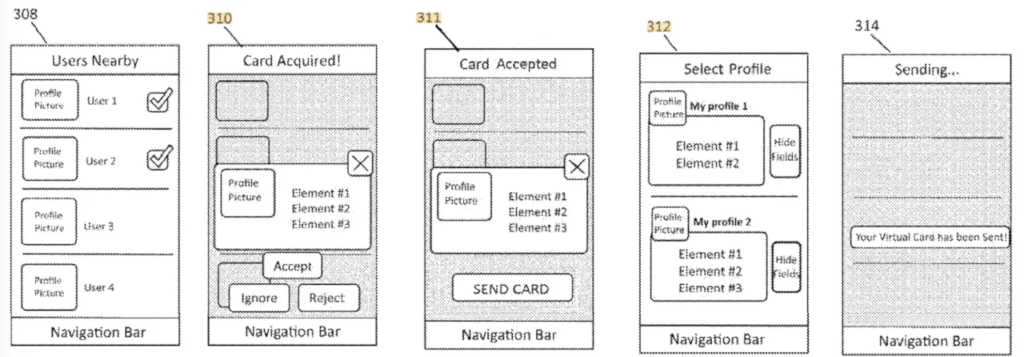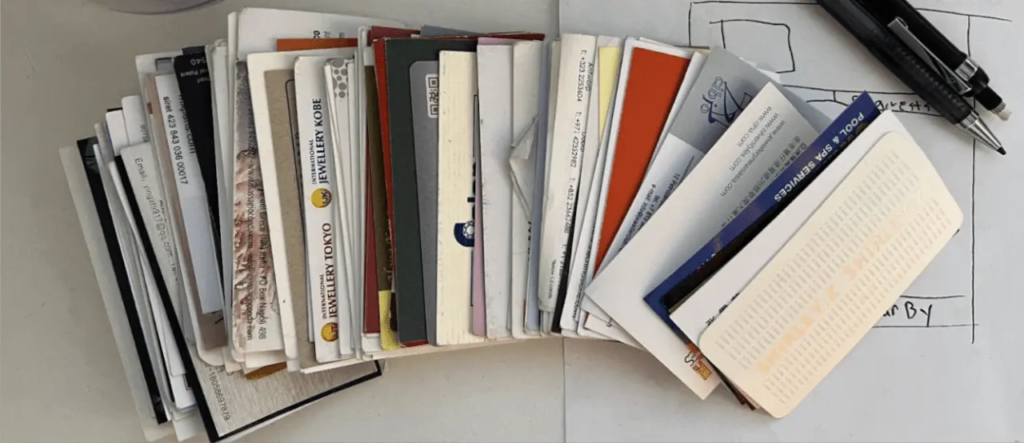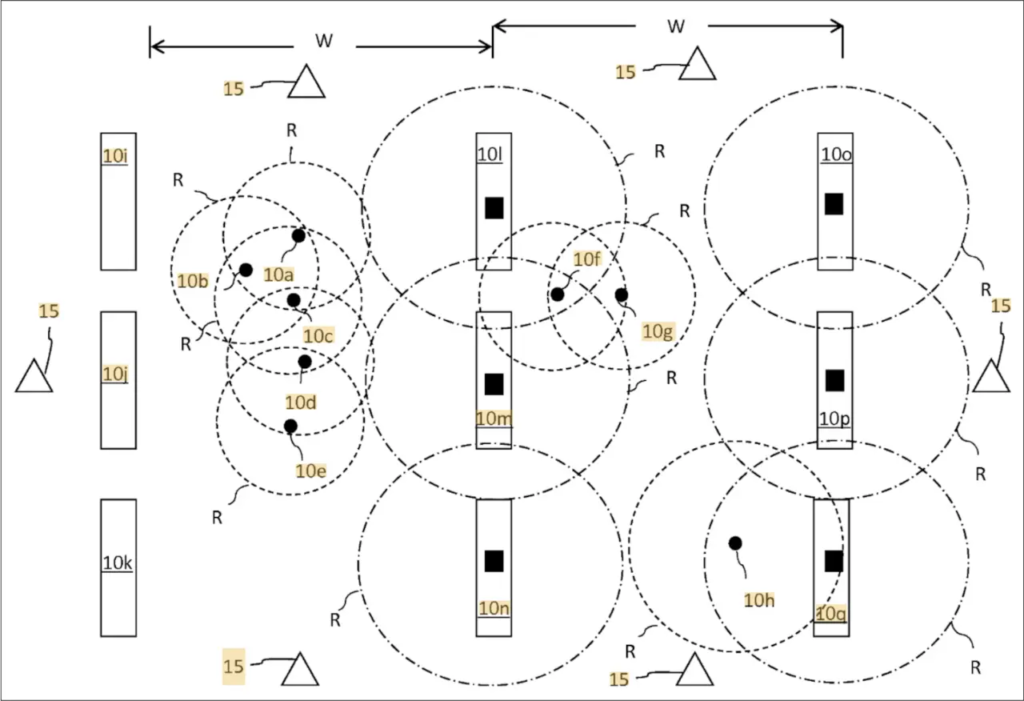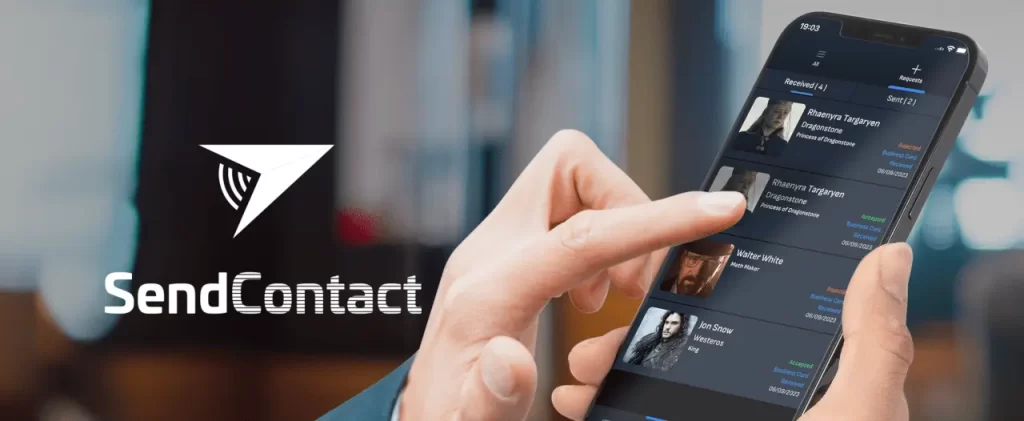- Home
- |
- Our Story
Our Story
Does Apple’s NameDrop Feature Seem Similar to SendContact’s Virtual Card App?
SENDCONTACT’S PATENT ABSTRACT
generated from at least one virtual card for transmission to surrounding mobile devices; selectively displaying the user appearance on a surrounding device only if the original sending device and surrounding device are within a predetermined range; and sending a virtual card to a user associated with a user appearance.”
Link to the SendContact patent: https://patents.google.com/patent/US10387004B2


AN INTERVIEW WITH CHI HUYNH
In this Q & A, inventor and artist, Chi Huynh, who holds over 20 U.S. patents and has invented over half a dozen wireless technologies dependent upon NFC and Bluetooth, will answer some questions about SendContact, Bluetooth technology and its similarities with NameDrop. Chi also decoded and solved the 200-year-old “Dark Shadow Spectrum” mystery in 2020. He’s not just an inventor; he’s a perceptive observer and a modern-day Renaissance man.
Chi Huynh: I’ve invented many things, and sometimes people think it’s a gift from the gods, that ideas just come to me in dreams. That’s not true. I’m like anyone else, but perhaps a bit more sensitive to observing everything around me. I don’t wake up in the morning thinking, ‘Let me invent something.’ It’s always been about recognizing problems that drive me crazy and solving them. In this case, it was about business cards. I remember coming home from a trade show with a bag full of business cards, ready to sort and import them into my contact list.


BELOW: THE BLUETOOTH TECHNOLOGY PATENT DRAWING.

THE NFC TECHNOLOGY PATENT

Chi Huynh: Let me explain. As a businessman, it’s simple for me to understand this process. Most of us follow these three simple steps: Connect with others, present products or services, and try to sell something. That’s the core of any business process. However, the way we currently conduct business is not as efficient as it seems. For example, we can’t easily send large catalogs, email video presentations, or set up online shops without significant effort and cost. We aim to change that. We built three essential tools in the SendContact app: a place to upload photos and catalogs like Instagram; a video channel like YouTube; and a built-in mini online shop with a payment process in the app that even a 12-year-old would be able to understand.By 2020, the pandemic hit, and we realized the world had changed. Bloggers, influencers, and regular people were being censored by big tech for expressing themselves, and as an artist, that deeply concerned me. The essence of being an artist is to express oneself, and if that freedom is lost, it’s a problem. So, I can relate to many bloggers and influencers. Our app would be valuable to them, but we also realized our app and users could be canceled by big tech giants at any moment. That’s when we decided to prepare and protect our users in a new way. We envisioned a future Internet where users are safeguarded, even from us as a platform. It needed to be decentralized, with users owning the app instead of using centralized platforms. However, decentralization wasn’t just a logical or technological challenge; it was a philosophical one. We humans want to be social and private simultaneously, which is paradoxical. Building a decentralized platform for social media is impossible. Instead, we developed a new operating system that allows users to switch between centralized and decentralized modes as needed. It’s a solution that embraces the paradox.
Chi Huynh: I will have to let my patent attorney evaluate this carefully and we will decide. I have defended my IP successfully in the past. I understand the game but frankly I don’t like it. I’d rather focus on using my time for something positive rather than bringing such negative energy into my life, but sometimes you have to stand up for yourself or the big guy with a team of lawyers who can bully you because they have more capital. As the saying goes, “when it comes to lawsuits, the one with more will win.” But this is not always true. I’ve learned from experience that it’s hard to hide from the truth. It would be nice if Apple reached out and offered us a licensing deal for the NameDrop feature.

